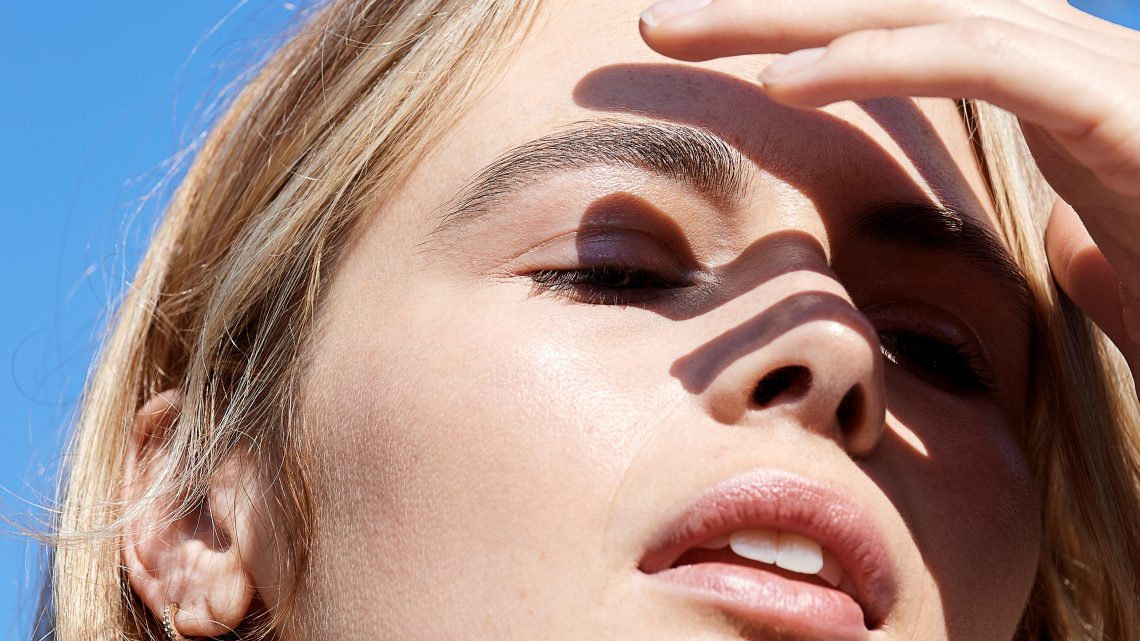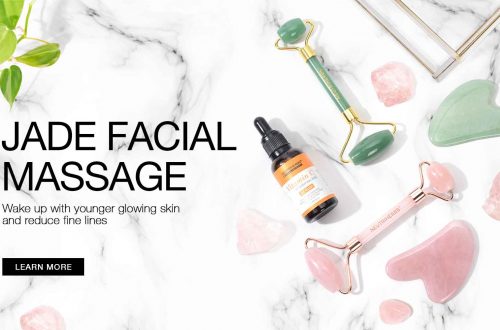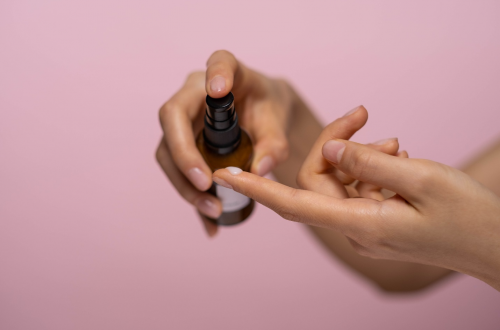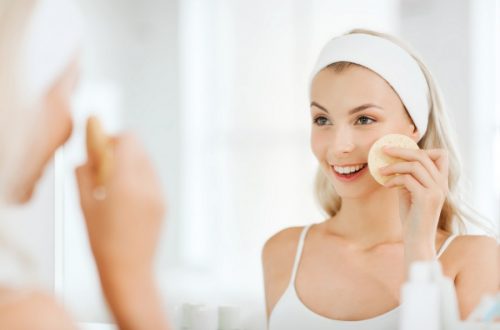
How to remove brown spots?
Dark spots, most often localised on the neckline, face and hands, are associated with ageing and considered unsightly. This article explores the different techniques available to overcome dark spots which say as much about our age as wrinkles but first understand how they appear.
How do dark spots appear?
Regarding so-called age spots or sun brown spots, they are a sign of “excess sun” and generally appear around the age of forty, “sometimes as early as 30 years old, if there has been overexposure to the sun or artificial UV rays. This is why the age of the skin does not always reflect the civil age of the patient. Brown spots are due to a disorder of the pigment cell of the skin: the melanocyte. This overproduction of melanin is due to various factors such as UV exposure (lentigo), hormonal disorders ( pregnancy mask ), and ageing.
Brown age spots are more common on fair skin and are generally localised on the areas most exposed to the sun: the face, the décolleté, the back of the hands. Exposed and therefore visible areas hence the need for women and men to treat these brown spots which betray their age.
Watch for dark spots
To treat these brown age spots, depending on their importance and intensity, some women turn to cosmetics while others prefer to have recourse to a cosmetic doctor or a dermatologist but How to treat and remove dark spots?
The cosmetic option
There are many anti-dark spots, creams and serums on the cosmetic shelves. Composed of exfoliating and depigmenting active ingredients, more or less concentrated, these cosmetics are essential in the treatment of spots and must be used at all stages: in prevention, in treatment for the lightest spots and in addition to aesthetic treatment. The lightening active ingredients of these cosmetics will reduce the intensity of the pigmentation of the spots, while the other active ingredients will improve the radiance of the complexion.
How do anti-stain cosmetics work? They act on the superficial layers of the dermis. The anti-stain treatments consist of lightening agents/depigmentation, antioxidants and exfoliants assets that will help reduce the production of melanin, repair the damage caused by UV, flaking skin, restore radiance and help it regenerate. For its care to be effective, some of the ingredients used are Arbutin, L-acid, kojic acid, glabridin… or mixtures of active ingredients. Some of the active ingredients include retinoic acid derived from vitamin A acid or antioxidants, especially vitamin C. Fruit acids (AHA or salicylic acid), glycolic acid or even α-hydroxy acid will also play a role in accelerating cell renewal.
Note, cosmetics will not completely remove dark spots but will help fade them. For darker stains, more drastic options may be considered.
The right actions for a routine
- Use anti-dark spot creams and serums during the day that are enriched with the ingredients mentioned above.
- Add night care such as lotions to your routine
- When living outdoors, wear full screen, golfer-style mittens for the hands, a hat or cap for the face and opaque clothing for the neckline
- Avoid exposure
Subject to photoaging, the skin suffers the full brunt of the weather and the sun. Insufficient protection accelerates skin ageing and promotes the appearance of spots and wrinkles. It is therefore essential to opt for a treatment containing an SPF, which helps prevent photoaging. A daily routine with a serum and a cream to be used as a duo to prevent and correct dark spots. A serum is very beneficial, which also contains hyaluronic acid because it fills in fine lines and wrinkles, even deep ones, and maintains the level of hydration of the skin. The day cream that has an SPF 30 to protect the skin from the harmful effects of UVA and UVB rays will help the skin to appear more radiant and the complexion would be evened out





